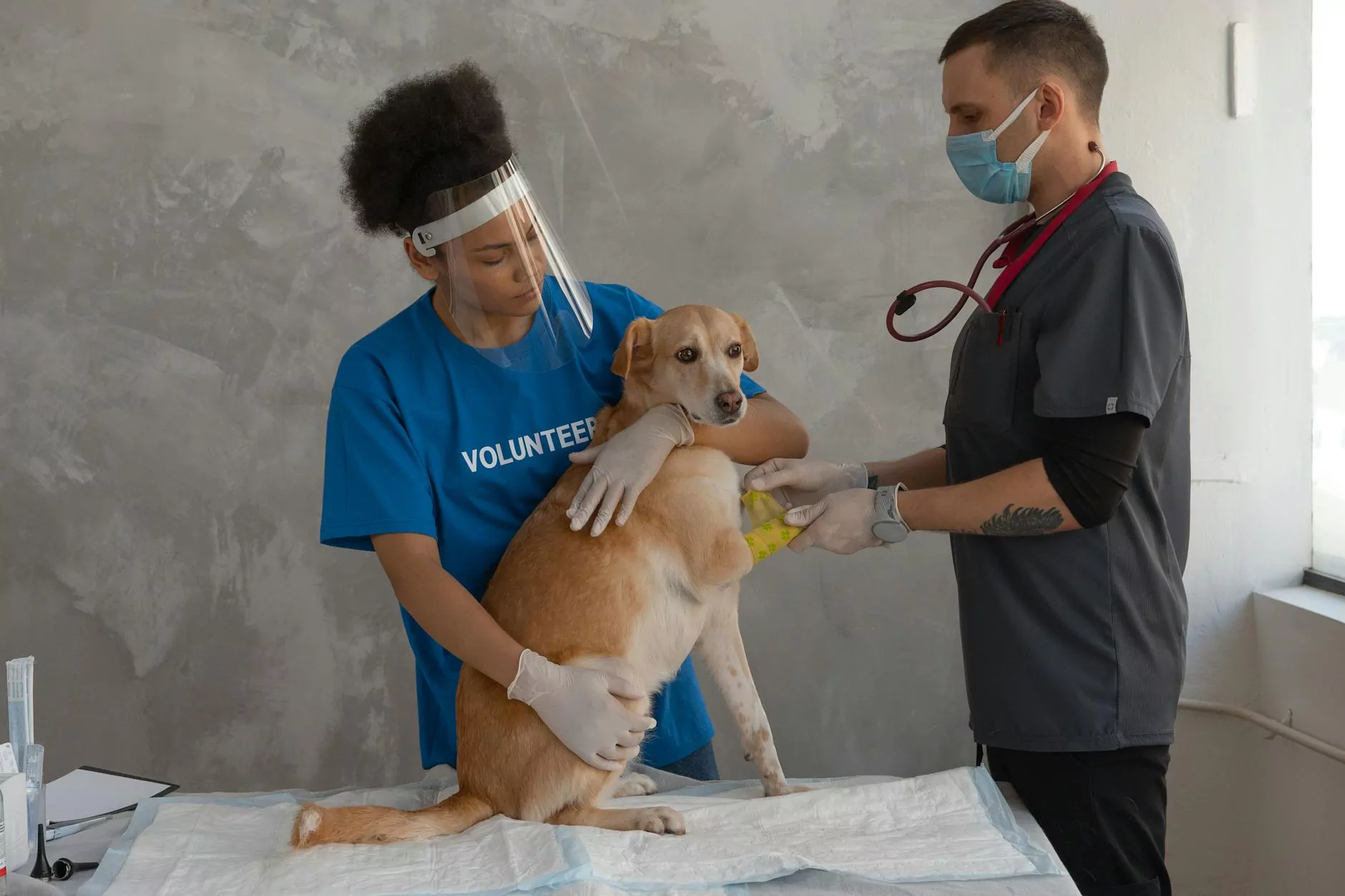Understanding Blood Clots in Your Leg: A Comprehensive Guide

Blood clots in your leg can be a serious medical condition that requires immediate attention. They occur when blood changes from a liquid to a gel-like state, forming a mass that can obstruct blood flow. This article provides detailed insights into the causes, symptoms, diagnosis, treatment, and prevention of blood clots in your legs, allowing you to take proactive steps towards your vascular health.
What are Blood Clots?
A blood clot is essentially a mass formed by blood cells and fibrin, a protein that is crucial for the clotting process. While a clot is a natural response to injury that prevents excessive bleeding, it can pose a serious risk if it forms inappropriately in veins, particularly in the legs. This condition is known as deep vein thrombosis (DVT).
The Anatomy of Deep Vein Thrombosis
Deep vein thrombosis occurs when a clot forms in one of the deep veins of your body, most commonly in the legs. The severity of DVT lies in its potential to lead to complications, such as pulmonary embolism, where the clot dislodges and travels to the lungs.
Types of Blood Clots
- Superficial Clots: These occur in veins located just beneath the skin's surface and are often less severe.
- Deep Vein Thrombosis: As mentioned, these clots form in deeper veins, potentially causing serious health issues.
- Thrombophlebitis: This is the inflammation of a vein due to a clot, usually associated with superficial clots.
Symptoms of a Blood Clot in Your Leg
Recognizing the symptoms of a blood clot in your leg is critical for timely intervention. Common symptoms include:
- Swelling: A noticeable swelling in one leg, which may be accompanied by pain.
- Pain: Pain or tenderness in the leg, often described as a cramp or ache.
- Red or Discolored Skin: The skin over the affected area may look red or have a bluish tinge.
- Warmth: The afflicted leg may feel warmer than the other leg.
If you experience any of these symptoms, especially if accompanied by shortness of breath or chest pain, seek medical attention immediately.
Causes of Blood Clots in Your Leg
Understanding the underlying causes of blood clots can help you minimize risk factors. Here are some common causes:
- Immobility: Long periods of immobility, such as during long flights or bed rest, can lead to clot formation.
- Surgery: Certain surgeries, particularly those involving the hips or knees, increase the risk of DVT.
- Medical Conditions: Conditions such as cancer, heart disease, or previous clots increase susceptibility.
- Hormonal Factors: Hormonal therapy or contraceptives can impact blood clotting factors in some individuals.
- Genetic Disorders: Certain inherited conditions can increase the likelihood of developing blood clots.
Diagnosis of Blood Clots
Diagnosing a blood clot involves several steps, typically initiated by your healthcare provider through a thorough history and physical examination. Useful diagnostic tests include:
- D-dimer test: Measures the presence of a substance in the blood that is released when a clot breaks up.
- Ultrasound: A non-invasive imaging test that uses sound waves to visualize blood flow and detect clots.
- CT or MRI scan: Advanced imaging techniques that can provide detailed images of blood vessels.
Your doctor will determine the most appropriate tests based on your symptoms and risk factors.
Treatment Options for Blood Clots in Your Leg
Treatment depends on the severity and location of the clot, as well as your overall health. Common treatment methods include:
- Anticoagulants: Medications that help prevent the growth and formation of new clots (e.g., warfarin, heparin).
- Thrombolytics: Clot-dissolving medications, often used in more severe cases, to quickly treat DVT.
- Compression Stockings: Special stockings that aid in improving blood flow and decreasing swelling.
- Invasive Procedures: In rare cases, surgical intervention may be necessary to remove a clot.
When to Seek Immediate Care
If you suspect you have a blood clot in your leg, particularly if you experience shortness of breath, chest pain, or coughing up blood, it's crucial to seek emergency medical care.
Prevention of Blood Clots
Preventing blood clots is essential, especially for individuals at higher risk. Here are several strategies to consider:
- Stay Active: Regular physical activity can significantly reduce the risk of clot formation.
- Avoid Prolonged Immobility: If traveling long distances, take breaks to stand and move around.
- Hydration: Keep hydrated, as dehydration can increase the risk of clotting.
- Compression Garments: Consider wearing compression stockings if you’re at risk or undergoing surgery.
Conclusion
Understanding the risks, symptoms, and treatment of blood clots in your leg is vital for maintaining your health. Being informed can empower you to take necessary precautions and seek timely medical intervention. If you or someone else shows signs of a blood clot, do not hesitate to consult with a healthcare professional. Early detection and treatment can save lives.
Contact Us for Professional Help
At Truffles Vein Specialists, we specialize in vascular medicine and are committed to providing you with the best care for your vascular health. Our experienced team is here to answer your questions and provide you with personalized treatment options.









